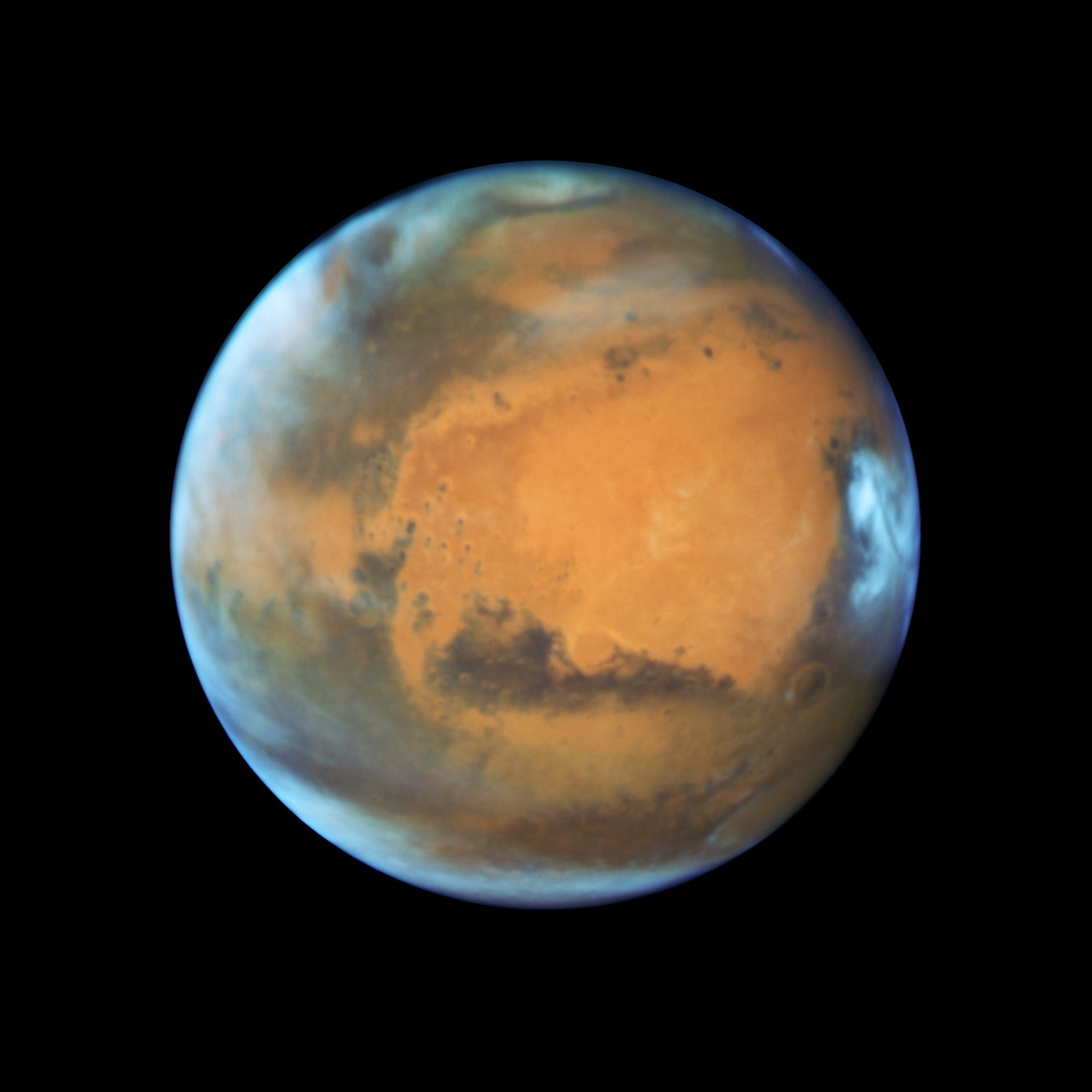Elon Musk detailed his ambitious plan to put humans on Mars for under $200,000 per ticket
The SpaceX CEO said a colony on Mars will be a viable alternative to a doomsday event on Earth

Guadalajara, Mexico—Elon Musk wants a ticket to Mars to cost less than $200,000. It’s an ambitious goal, but then so is establishing a viable human presence on the Red Planet.
On Sept. 27, the SpaceX CEO laid out his blueprint for putting a colony on Mars, which he says would need at least a million people to become self-sustaining. It’s a milestone he says would be feasible within 40 to 100 years from today. Musk imagines fleets of hundreds of ships leaving Earth every few years, when the two planets are at their closest.
The timeline and the scale may sound ludicrous, but the point of the discussion—and SpaceX itself—is to “make Mars seem possible. Make it seem as though it is something we can do in our lifetimes.”
Speaking to a crowd of space fans at the International Astronautical Congress, Musk framed the challenge as one of ensuring the survival of the human species. “History suggests there will be some doomsday event,” he said. “The alternative is to become a space-going civilization and a multi-planet species.”
But he has motivations beyond saving the human race. “[T]he argument I actually find most compelling is that it would be an incredible adventure. I think it would be the most inspiring thing that I could possibly imagine. Life needs to be more than just solving problems every day. You need to wake up and be excited about the future.”
Musk estimated that the first spacecraft could be ready in four years, but he noted that when it comes to timelines, “I’m not the best at this sort of thing.” (His Falcon Heavy rocket is still years behind schedule, and his electric car company, Tesla, has been similarly prone to missing deadlines.)
Part of the solution is scaling up his current rocket technology. Musk showed off a huge, carbon fiber tank the company has built to contain propellant for the rocket that would take people to Mars, and earlier this week he tweeted out the news of the successful test-firing of its engine.
Here’s the video the company released of the system, which is based on actual engineering diagrams put together at SpaceX:
Making transport to Mars (relatively) affordable will require solving four key technological challenges that would lower the cost by “5 million percent,” Musk said.
- Full reusability of rockets. The company is already experimenting with this technology.
- Refueling in orbit. The only way to move enough supplies to Mars is going in stages and refueling the spacecraft in Earth orbit before it sets off to the Red Planet.
- Making propellant on Mars. The only way to reuse the spacecraft is by sending it back to Earth.
- Using the right propellant. Musk says that only a methane-based fuel could be produced on Mars and used efficiently.
The big question is where SpaceX or Musk will get the money for all this. Musk admitted that he could not independently fund what would be at least a $10 billion project—a price tag that is quite conservative—though he noted that “the main reason I’m personally accumulating assets is really to fund this.”
“There’s a lot of people in the private sector who are interested in helping fund a base on Mars, and perhaps there will be interest on the government sector side to do that,” he said. “Ultimately, this is going to be a huge public-private partnership, and that’s how the United States was established, and many other countries around the world.”
By demonstrating a detailed technological plan that is arguably more advanced than NASA’s own Martian conjectures, Musk just might create the momentum for a future public-private effort to converge around SpaceX’s technology. And he noted the potential for the system to explore other planets in the Solar System, catnip for NASA scientists.
To that end, he went out of his way to praise NASA for its support of SpaceX, which got its first contract from the space agency in 2006. “I want to say I’m incredibly grateful to NASA for supporting SpaceX despite the fact that our rocket crashed,” Musk noted. “I’m NASA’s biggest fan.”
But will he be among the first to venture to Mars? Musk didn’t say. But it seems unlikely.
“I think the first journey to Mars is going to be really very dangerous. The risk of fatality will be high, there’s just no way around it,” he said in response to a question from the audience about who the first passengers might be. “I would not suggest sending children. Are you prepared to die? Then, if that’s ok, you’re a candidate for going.”